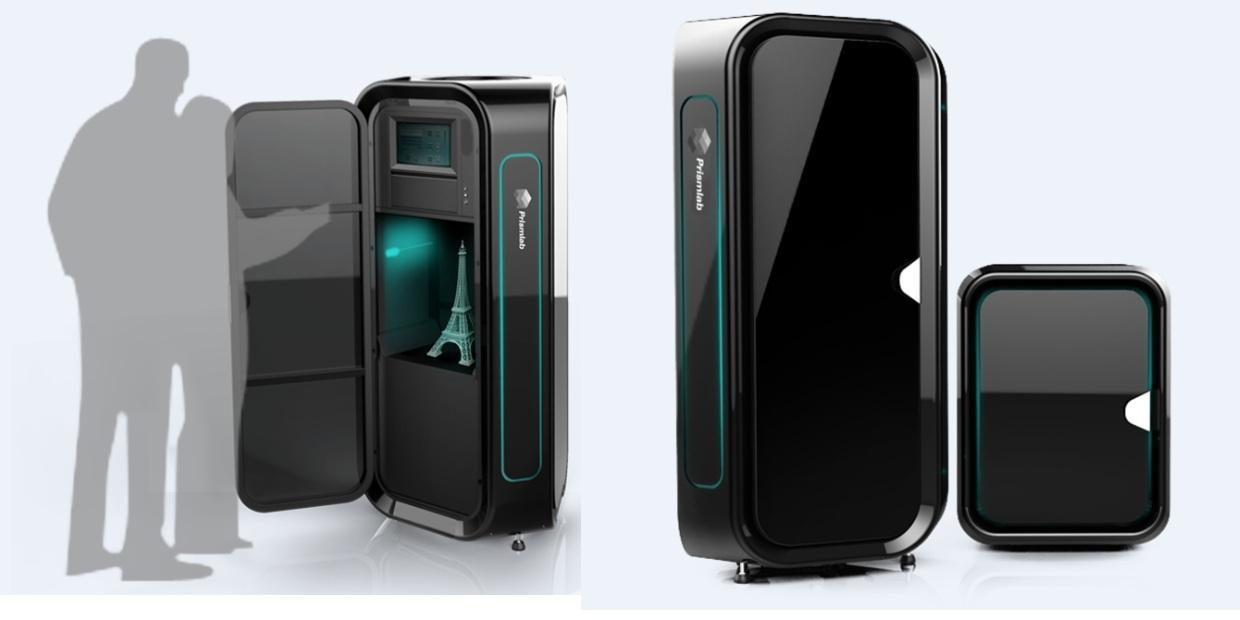Results 1 to 4 of 4
-
03-30-2015, 07:04 AM #1
Prismlab RAPID 200, 400 & 600 - 2,700+ CM3 per hour?
It seems as though all of a sudden the world is being presented with super fast SLA based 3D printers. Whether it is Carbon3D or Gizmo 3D or this latest Chinese company, Prismlab, it seems as though the 3D printing space is picking up speed (quite literally). This latest line of printers which include the Rapid 200, Rapid 400, and Rapid 600 are rumored to be able to print an incredible 2700+ cm3 of build material in just one hour flat. Could this be true? This is faster than what the company's official specifications say.
Read and see more on this at: http://3dprint.com/54534/prismlab-rapid-400-sla/

-
03-30-2015, 08:11 AM #2
I like how carbon3d's recent TED talk is forcing all the other high speed SLA printers to go public.
-
04-01-2015, 07:24 AM #3
There are two major approaches for SLA printers: top exposure (TE) and bottom exposure (BE). In the former the light source is above vat of resin and the build platofrm sinks into the vat as the part is built. In the latter the light source is below a shallw resin dish with a transparent bottom and the part moves up as the part is built. The major tradeoffs are these:
1. Resin volume: TE machines require that the resin covers the top of the part as it's built, the BE machines don't. Resin is not cheap, so BE machines have an advantage. There are techniques for TE machines to mitigate this, but they are not easy, and I don't see Gizmo3D using them, although I don't know for sure.
2. Slosh: BE machines rigidly control the resin thickness and have no slosh uring exposure, so layer thickness is uniform and layers are flat. For TE this is more of a challenge and requires settling time for the upper surface to flatten out. Care must be taken in managing this, otherwise the parts will have non-uniform layers and not very good Z dimension precision. BE has a bit of an advantage in this.
3. Speed: BE machines need to either break the part away from the bottom of the build dish or make VERY special arrangements to make sure that the part doesn't adhere to it in the first place - this requires time. This is also difficult to do as size goes up. TE machines don't have to do this. Furthermore, TE machines don't have glass to attenuate the UV light source, so they can have shorter exposure times. TE has strong advantage in this.
4. Continuous printing: TE machines can print continuously, while only one BE machine can do so (Carbon3D). Unfortunately, not all profiles are amenable to it, so utilizing this capability requires a bit of support in the software and skilled use. Still - a major advantage to TE (and to Carbon3D).
There are others, as well. Net-net: if you don't mind paying $$$$$ for a large amount of resin up front, you can get larger parts and your parts will be printed faster with most TE machines. TE machines are slightly less complex, so should be less expensive to purchase, as well.
Having said all of this, it looks like Gizmo3D machines are TE (http://www.gizmo3dprinters.com.au/#!3d-printers/c19zf) and look like they've seen fairly extensive engineeering. So yes, I do think they'll be able to print relatively fast. The only other major comment I have is that because they're going for large size, the pixel resolution of the DLP will limit the X-Y resolution of the prints.
Overall, I think this is a very interesting design, and I wish them well.
Ben.
-
04-01-2015, 07:39 AM #4
Some additional math on this printer. According to http://www.gizmo3dprinters.com.au/#!...x-series/c1dug here are the resolution specs of the highest-end machine:
Maximum build platform 400mm x 250mm Maximum build height 850mm Maximum XY resolution 35 micron
The DLP project is unlikely to have resolution higher than FHD (1920x1080)
If we look at the largest dimension, either 400mm / 1920 pixels = 208 um/pixel is the best possible resolution across the maximum build area, or 1920 pixels * .035 um/pixel = 67.6 mm is the largest part that can be made at full resolution. If my math is right, it would be nice if Gizmo3D made this clear up front to avoid customer confusion.
Ben








 Reply With Quote
Reply With Quote






What's wrong with this prting?
04-14-2024, 05:15 PM in General 3D Printing Discussion